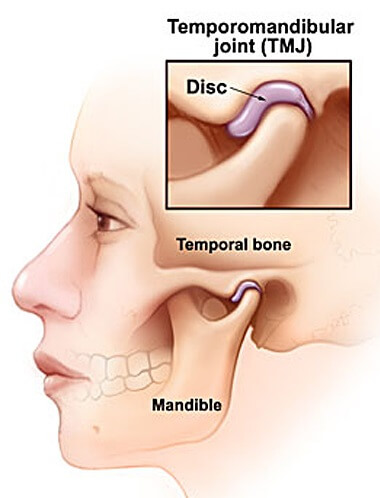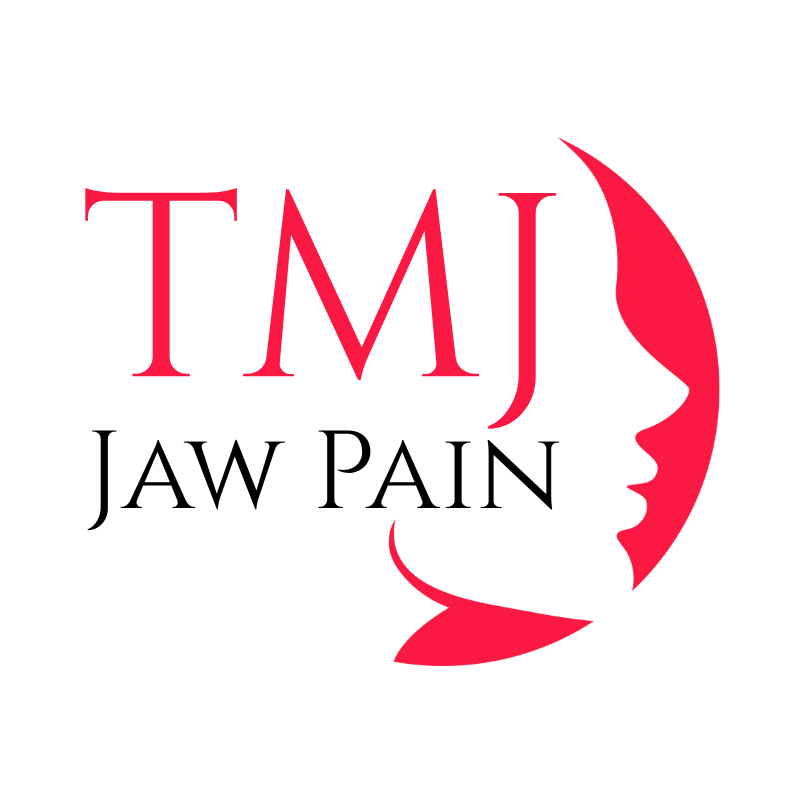Dental Approaches to Jaw Pain
- By Christopher Green
- Comments are off

TMJ disorders often stem from bite misalignments. Beyond injections and splints, dental corrections—orthodontics, bite equilibration, occlusal therapies—address underlying structural causes for lasting relief.
Bite Equilibration (Occlusal Adjustment)
- What: Selective reshaping of tooth surfaces to achieve even bite contact.
- Benefits:
- Eliminates high-pressure points
- Reduces joint loading
- Often combined with splint therapy for fine-tuning
- Eliminates high-pressure points
- Process:
- Detailed bite analysis (articulator study)
- Conservative enamel reshaping with fine burs
- Post-adjustment splint wear for stabilization
- Detailed bite analysis (articulator study)
Orthodontic Intervention
- What: Braces or clear aligners to correct malocclusion (overbite, underbite, crossbite).
- Benefits:
- Long-term bite harmony
- Improves jaw joint alignment
- Addresses teeth crowding that contributes to bruxism
- Long-term bite harmony
- Timeline: 6–24 months depending on severity
Prosthodontic Solutions
- What: Crowns, bridges, and onlays to rebuild worn or uneven tooth surfaces.
- Benefits:
- Restores vertical dimension lost to grinding
- Balances occlusion across arches
- Protects teeth while improving joint comfort
- Restores vertical dimension lost to grinding
Splint-Guided Restorative Planning
- What: Use of a diagnostic splint to simulate ideal bite before permanent restorations.
- Benefits:
- Predictable outcomes
- Minimizes need for multiple restorations
- Ensures restored teeth support healthy TMJ function
- Predictable outcomes
Conclusion
Dental corrections can remove the structural triggers of TMJ pain—often in tandem with Botox, splints, or PT—to provide a comprehensive, cause-based solution. Consult a TMJ-savvy dentist for a personalized treatment plan.


